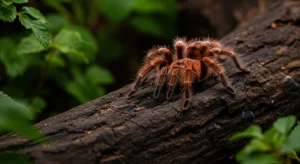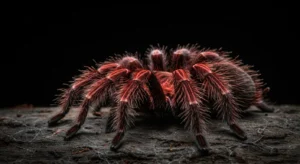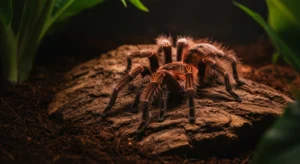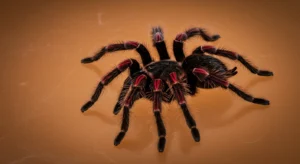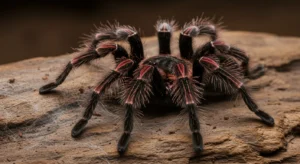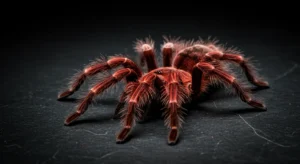Chilean Rose Tarantula Aggression: What Triggers It and How to Avoid It
Introduction: Understanding “Aggression”
Chilean Rose Tarantulas (Grammostola rosea) are generally known for their docile nature, making them popular beginner pets. However, the term “aggression” in the context of tarantulas is often misunderstood. They rarely exhibit unprovoked aggression; instead, what appears aggressive is almost always a defensive reaction to perceived threats. Understanding what triggers these defenses is key to avoiding bites or kicked hairs and maintaining a stress-free relationship with your pet.
Defensive Behavior vs. True Aggression
True aggression implies initiating an attack without provocation. This is extremely rare in Chilean Roses. Defensive behavior, on the other hand, is a reaction to feeling cornered, startled, or threatened. This can manifest as:
- Fleeing
- Threat Posture (rearing up, exposing fangs)
- Kicking Urticating Hairs
- Biting (as a last resort)
Recognizing that these actions stem from fear, not malice, is crucial for proper interaction and care.
Common Triggers for Defensive Behavior
Identifying potential stressors helps prevent defensive displays:
- Sudden Movements: Quick motions near or inside the enclosure are perceived as predatory attacks.
- Vibrations: Heavy footsteps near the tank, tapping on the glass, or loud noises can startle them.
- Direct Touch/Prodding: Unwanted physical contact, especially forceful prodding.
- Cornering/Lack of Escape Route: Feeling trapped during maintenance or attempts to handle it.
- Bright Light/Air Puffs: Shining bright lights directly at them or blowing air can be irritating and stressful.
- Recent Molt/Stress: Tarantulas are highly vulnerable after molting and may be more defensive. General stress from poor husbandry can also increase reactivity.
- Hunger/Territoriality: While less common as a primary trigger in G. rosea, a very hungry tarantula might mistake movement for prey, or respond territorially to intrusion.
Understanding the primary signs of tarantula aggression (defensiveness) helps identify triggers.
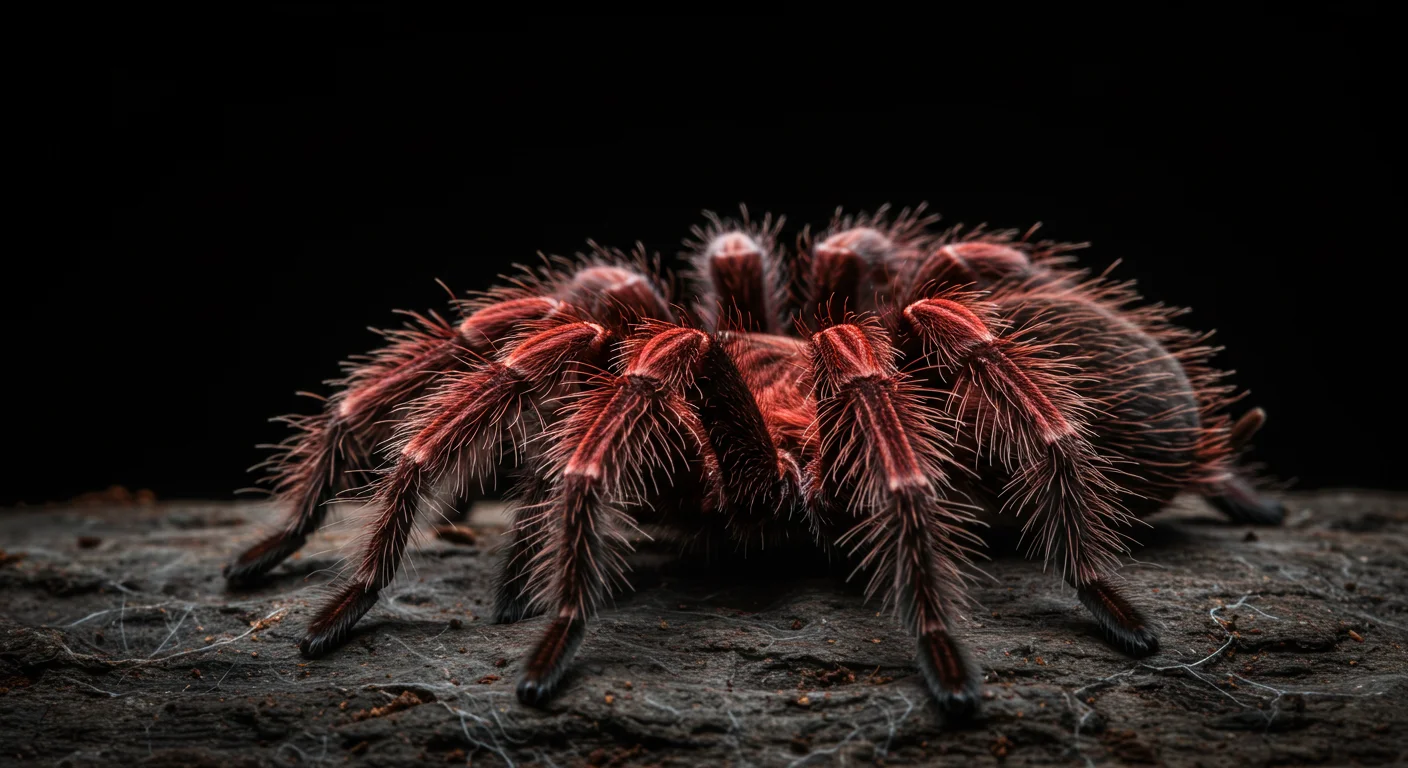
Recognizing Warning Signs
Tarantulas usually give warnings before escalating to a bite:
- Leg Slapping: Tapping the ground rapidly with front legs.
- Hair Kicking Motion: Turning the abdomen towards the perceived threat and rubbing hind legs against it, even if hairs aren’t visibly released yet.
- Retreating Quickly: Bolting to hide is a clear sign of stress.
- Threat Posture: Rearing up on back legs, raising front legs, and prominently displaying fangs. This is a serious warning. As noted in resources like the British Tarantula Society journal, recognizing these postures is vital for keeper safety.
How to Avoid Defensive Reactions
- Move Slowly and Deliberately: Avoid sudden movements when interacting with the enclosure.
- Approach Calmly: Minimize loud noises and vibrations around the tank.
- Use Tools: Use long tongs for feeding and soft brushes for gentle guidance during maintenance. Avoid using fingers inside the enclosure unless absolutely necessary and with extreme caution.
- Provide Hiding Spaces: A secure hide allows the tarantula to retreat when feeling insecure, reducing the likelihood of confrontation.
- Respect Boundaries: If the tarantula shows warning signs, back off and give it space. Try maintenance later.
- Avoid Unnecessary Handling: Handling provides no benefit to the tarantula and increases the risk of falls, bites, and stress.
What to Do if Threatened
If your Chilean Rose displays a threat posture or kicks hairs:
- Freeze: Stop all movement immediately.
- Slowly Retreat: Back your hand or tool slowly out of the enclosure.
- Give Space: Leave the tarantula alone to calm down. Do not escalate the situation.
- Protect Yourself: If hairs are kicked, avoid touching your face/eyes, and wash affected skin with soap and water. Use sticky tape to remove embedded hairs. Consider wearing gloves and eye protection during maintenance with known hair-kickers.
Never Punish: Do not retaliate or punish the tarantula for defensive behavior. It will only increase its fear and the likelihood of future defensive actions.
Mature Male Behavior Note
Mature male Chilean Roses often become more active and seemingly erratic as they roam searching for mates. While not necessarily more aggressive, their constant movement might be misinterpreted or lead to accidental encounters/startling if not anticipated.
Conclusion: A Respectful Approach
Chilean Rose Tarantula “aggression” is overwhelmingly defensive behavior triggered by perceived threats. By understanding common triggers, recognizing warning signs, moving slowly, using appropriate tools, and respecting the tarantula’s space, you can easily avoid provoking defensive reactions. A calm, respectful approach minimizes stress for both the keeper and the tarantula, ensuring interactions remain safe and negative encounters are prevented.
Behavioral interpretation concepts align with general guidance found in resources associated with the British Tarantula Society.
